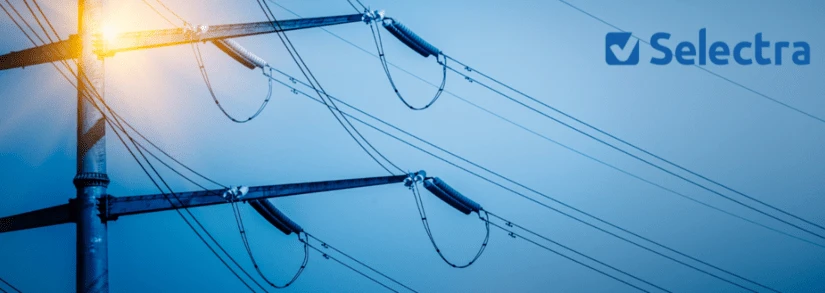PSO Levy to Drop by 38% on Electricity Bills

The CRU has announced that the PSO Levy for 2025/2026 will drop to a monthly rate of €2.01, totally €24 annually. This represents a 38% reduction overall, and the annual savings will amount to approximately €15 for homeowners. The PSO levy is designed to support a wide range of renewable energy initiatives across the country, including wind and solar projects.
PSO Levy to Drop by 38% in December
The Commission for Regulation of Utilities (CRU) has confirmed that the PSO Levy for 2025/26 will drop by roughly 38%, from December 1, 2025, to December 30, 2026.
The monthly charge will be approximately €2.01, which totals around €24 annually. This decrease is largely attributed to elevated wholesale electricity prices and a high output from renewable energy sources, which reduces the required financial support for these generators.
The levy, which subsidises power generation from sources like wind farms and solar panels, changes annually on December 1, and its value depends on the cost of wholesale energy.
The annual savings will amount to approximately €15 for domestic users and €62 for small businesses, though these figures can be offset by other rising costs.
PSO Levy Ireland
Euros per year
Source: CRU
Last Updated: December 2025
Why Is the PSO Levy Changing?
This new charge comes at a time when many households are already feeling financial pressure, particularly with the rising costs of essential goods and energy. While the new levy is a reduction from the previous year, it’s still an additional expense for consumers.
Recent data from the Central Statistics Office (CSO) shows that the cost of food is rising much faster than the overall inflation rate.
The new levy will also be implemented just before the government's budget announcement, which has stated there will be no cost-of-living supports like those offered in previous years.
Despite the financial pressures on households, the CRU has emphasised the importance of the levy, stating that it’s crucial for supporting clean energy generation and helping Ireland meet its ambitious 2030 climate goals.
What Is the PSO Levy?
The PSO levy is designed to support a wide range of renewable energy initiatives across the country, including wind and solar projects. The amount customers pay is directly tied to the wholesale price of electricity.
When these prices are high, renewable energy generators earn more from the electricity they produce, so they require less financial support, which leads to a lower levy for consumers.
This is why the levy was set to zero during the peak of the energy crisis following Russia's invasion of Ukraine, when wholesale prices were at an all-time high.
Now, as those prices have stabilised, the levy is being reintroduced to support these green energy efforts.
The logic behind the levy is to provide a stable, guaranteed income stream for renewable energy generators. This is essential for attracting the large-scale investment needed to build new wind and solar farms.
By guaranteeing a minimum price for the electricity they produce, the levy reduces the financial risk for developers, encouraging them to invest in projects that will help Ireland meet its climate targets. Without such a mechanism, the high upfront costs of renewable energy infrastructure would make it difficult for these projects to get off the ground.
The Long-Term Impact of Renewable Energy on Bills
While the PSO levy adds a small charge to household bills, it is a crucial component of a broader strategy that is designed to bring down electricity costs in the long run.
By investing in homegrown renewable energy, Ireland is reducing its reliance on imported fossil fuels, particularly natural gas, which currently plays a significant role in setting the wholesale price of electricity.
Studies by energy experts and industry bodies, such as Wind Energy Ireland, have shown that this strategy is already paying off.
A recent report found that wind and solar farms have saved Irish electricity consumers approximately €840 million between 2000 and 2023. These savings come from the fact that renewable energy has no fuel cost and can displace more expensive fossil fuel-based generation on the wholesale market, which in turn drives down overall electricity prices.
The report also projected that if Ireland meets its target of having 80% renewable electricity by 2030, consumer bills could be reduced by an additional €610 million per year. This demonstrates that while the PSO levy is a cost to consumers in the short term, it is a necessary investment in a more secure, sustainable, and affordable energy future.
The challenge for the government and regulators is to balance the need for this long-term investment with the immediate financial pressures facing households.
Looking For Other Ways to Reduce Your Energy Bill?
Stay up to date with the latest news from Selectra to learn how to lower your energy bills or find a cheaper electricity provider.
